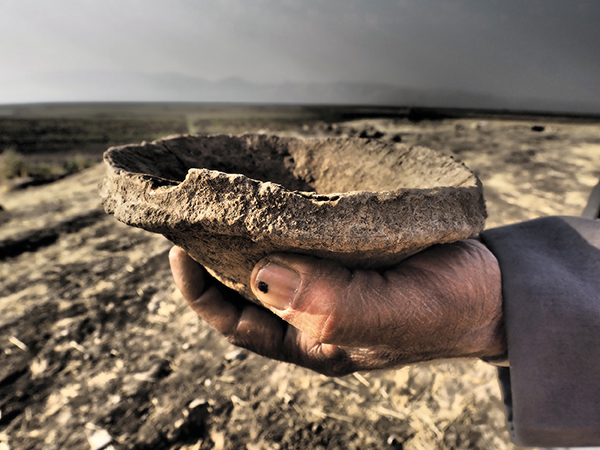DAEI at ICAANE 2018
On the 5th April 2018, DAEI presented a new approach to urbanism and the Uruk Expansion at the 11th ICAANE archaeological congress in Munich, Germany.
Unravelling early urbanism and the dynamics of cultural encounters in Late Chalcolithic Mesopotamia. New insights from the Danish Archaeological Expedition to Iraq (DAEI).
Abstract
Recent archaeological research in northern Iraq has led to a renewed interest in two important Late Chalcolithic period (5-4th mill. BC) developments: the emergence of urban communities across Mesopotamia in the first half of the Late Chalcolithic (LC) period and the expansion of southern Mesopotamian Uruk cultural influence upon surrounding societies in the second half of the LC period.

This contribution considers how and why these two phases of developments are interconnected. Supporting this is a discussion of the challenges faced in explaining the dynamics of urbanism and cultural interaction in LC period Mesopotamia. It draws on insights from previous and recent research in Mesopotamia, with an emphasis on the Zagros foothills and the results of the DAEI’s six seasons of work on the Rania Plain, northern Iraq. This project is investigating early urbanism and the dynamics of cultural encounters in the Zagros foothills. As loci for settlement concentration, political authority and regional economic systems, the plains of the Zagros foothills appear to have acted as hubs of interaction and urban development.
DAEI’s research suggests that urban formation in Mesopotamia during the LC period was dramatic and consisted of rapid societal transformations. This urban process was complex and there were diverse regional expressions of urban form with settlements shaped by localised social and economic forces. Many of the forms do not fit easily into traditional models of urban trajectories. Nevertheless, the urban process was comparative in nature and developed simultaneous.
DAEI proposes that the explanation for the coincidence in urban formation visible across Mesopotamia is connected to the extensive cross-regional interaction network that was at play during the LC period. This interaction network is fundamental in the discourse concerning the manner in which urbanism unfolded in Mesopotamia during the LC period. It not only facilitated the exchange of goods and knowledge, but also stimulated regional integration and comparative developments.
Presented by Tim Boaz Bruun Skuldbøl (University of Copenhagen) and Carlo Colantoni (University of Leicester).
